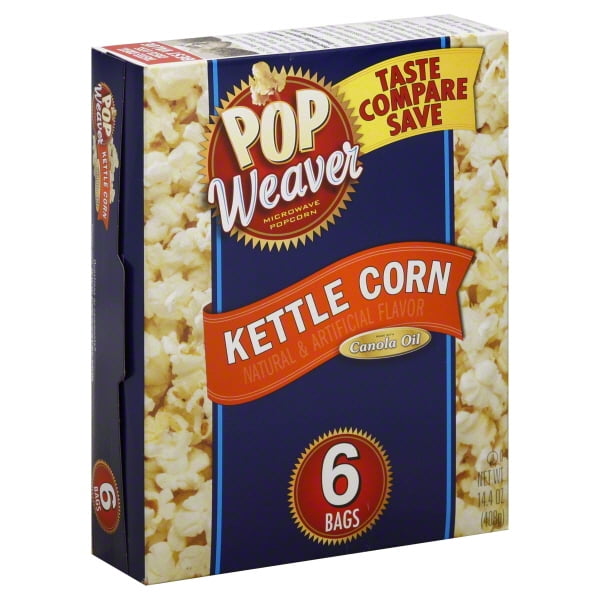
Make popcorn on the stovetop using a lidded pot and some olive, coconut, or avocado oil. Three cups of air-popped popcorn contains only 90 calories and less than 1 gram of fat. Invest in an air popper, like this one, and make your own version of movie-theater popcorn. Even though some chemicals that remain in the packaging of these products may be questionable, eating microwave popcorn from time to time shouldn’t pose any health risks.īut if you’re still worried or consume a lot of popcorn, there’s no need to give it up as a snack. In 2007, major popcorn manufacturers removed diacetyl from their products.Ĭhemicals linked to cancer and popcorn lung have been removed from microwave popcorn in recent years. Yet one Colorado man reportedly developed the condition after eating two bags of microwave popcorn a day for 10 years.

Popcorn lung wasn’t considered a risk to consumers of microwave popcorn. The researchers found a link between long-term exposure and lung damage. The National Institute for Occupational Safety and Health studied the effects of diacetyl exposure at six microwave popcorn plants. Hundreds of workers were diagnosed with this disease, and many died. Two decades ago the risk for popcorn lung was mainly among workers in microwave popcorn plants or other manufacturing plants who breathed in large amounts of diacetyl for long periods of time. The disease causes shortness of breath, wheezing, and other symptoms similar to those of chronic obstructive pulmonary disease (COPD). Popcorn lung makes the small airways in the lungs (bronchioles) become scarred and narrowed to the point where they can’t let in enough air. Diacetyl, a chemical used to give microwave popcorn its buttery flavor and aroma, is linked to severe and irreversible lung damage when inhaled in large amounts. Microwave popcorn has also been linked to a serious lung disease called popcorn lung. Is microwave popcorn linked to other health problems? According to the Environmental Working Group, little is known about the safety of these chemicals. However, since the FDA’s review, dozens of new packaging chemicals have been introduced. That means the popcorn you buy today shouldn’t contain these chemicals. Five years later, the FDA went even further, banning the use of three other PFCs in food packaging. It found that microwave popcorn could account for more than 20 percent of the average PFOA levels in Americans’ blood.Īs a result of the research, food manufacturers voluntarily stopped using PFOA in their product bags in 2011. Food and Drug Administration (FDA) conducted its own review of PFOA from a range of sources, including microwave popcorn bags and nonstick food pans.

The plant had been releasing PFOA into the environment since the 1950s.Īfter several years of research, the C8 researchers linked PFOA exposure to several health conditions in humans, including kidney cancer and testicular cancer. To find out how these chemicals might affect people, a group of researchers known as the C8 Science Panel studied the effects of PFOA exposure on residents who lived near DuPont’s Washington Works manufacturing plant in West Virginia. That’s why health experts have been trying to figure out whether PFCs are related to cancer or other diseases. PFCs have been so widely used that about 98 percent of Americans already have this chemical in their blood. When you eat the popcorn, they get into your bloodstream and can remain in your body for a long time. These chemicals make their way into the popcorn when you heat them up. The trouble with PFCs is that they break down into perfluorooctanoic acid (PFOA), a chemical that’s suspected to cause cancer.

PFCs resist grease, making them ideal for preventing oil from seeping through popcorn bags. The possible link between microwave popcorn and cancer isn’t from the popcorn itself, but from chemicals called perfluorinated compounds (PFCs) that are in the bags.


 0 kommentar(er)
0 kommentar(er)
